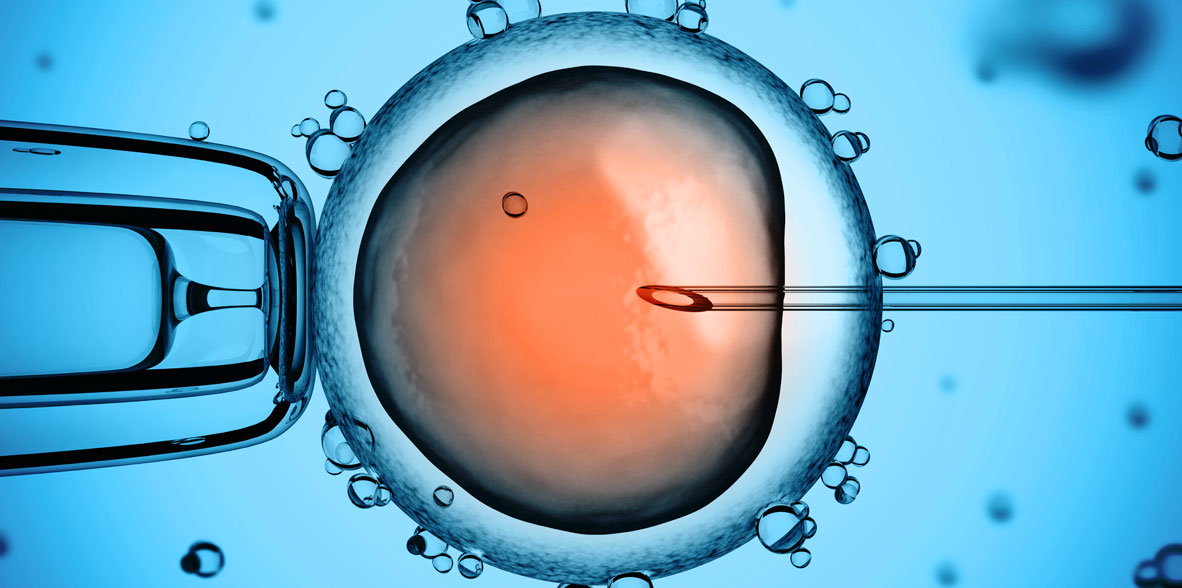

Laboratory with assisted reproduction techniques
We have a laboratory specialising in different assisted reproduction techniques such as ICSI, timelapse-GERI embryo culture, and embryo and oocyte cryopreservation. We also operate our own semen bank.The Assisted Reproduction Unit at Centro Médico Teknon delivers a wide array of techniques:
ICSI
ICSI is a technique that involves the intracytoplasmic injection of a sperm cell. It is indicated in cases of severe male factor infertility, in cases of failure to conceive in a previous IVF cycle, and is recommended when there is no previous history of conception in the couple. Also when the semen quality on the day of IVF requires it, or in situations where we have a limited number of oocytes, in cases of long-term infertility, etc.
Embryonic culture in Timelapse-GERI: (NEW TECHNOLOGY ACQUIRED)
In selected cases, embryo culture can be performed in a Timelapse-GERI incubator. GERI is a next-generation incubator for individualised patient cultivation, which maintains embryos in optimal cultivation conditions. It allows us to observe them continuously without having to remove them from the incubator until the moment of transfer. All of this is reflected in an improvement in the rates of embryos that reach the blastocyst stage and, ultimately, in pregnancy rates.
Embryo cryopreservation/vitrification:
Viable embryos not implanted into the uterus will be stored by freezing, enabling their implantation in future cycles without necessitating further ovarian stimulation.
A new rapid freezing or vitrification technique is currently used, in which the embryos are not affected by the freezing process and ensures results that are practically the same as those obtained in fresh transfers.
Oocyte cryopreservation/vitrification:
In some cases, in young women and when the ovarian response is high, not all oocytes are inseminated and a few eggs are vitrified. These will serve as a reserve and can be used later, when the patient wishes to become pregnant again, without the need for further ovarian stimulation.
Sperm Bank:
A sperm bank serves as a solution for couples whose infertility originates from the male, for patients diagnosed with secretory azoospermia from whom testicular sperm cannot be acquired, and for safeguarding against the conveyance of genetic diseases to future generations.
A sperm bank is also a solution for women who wish to reproduce but either have no male partner or are homosexual.


































